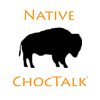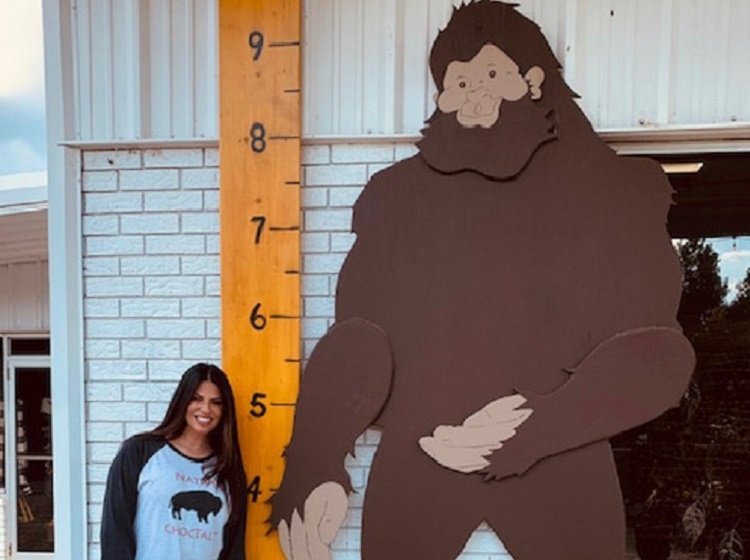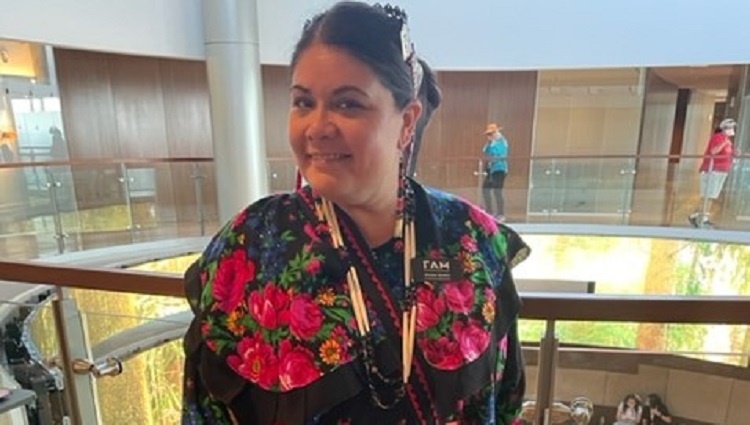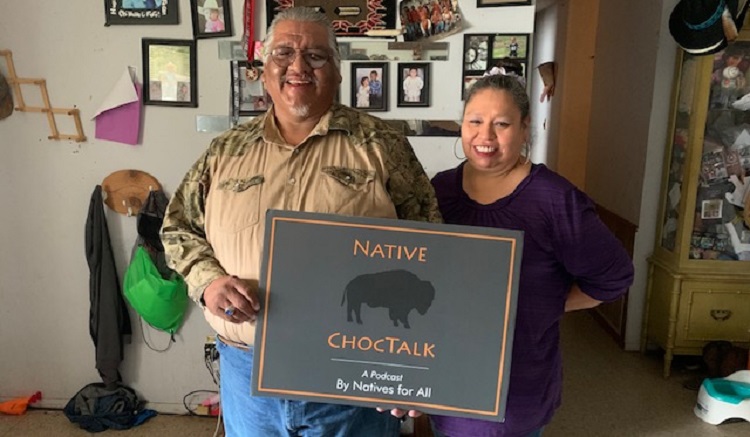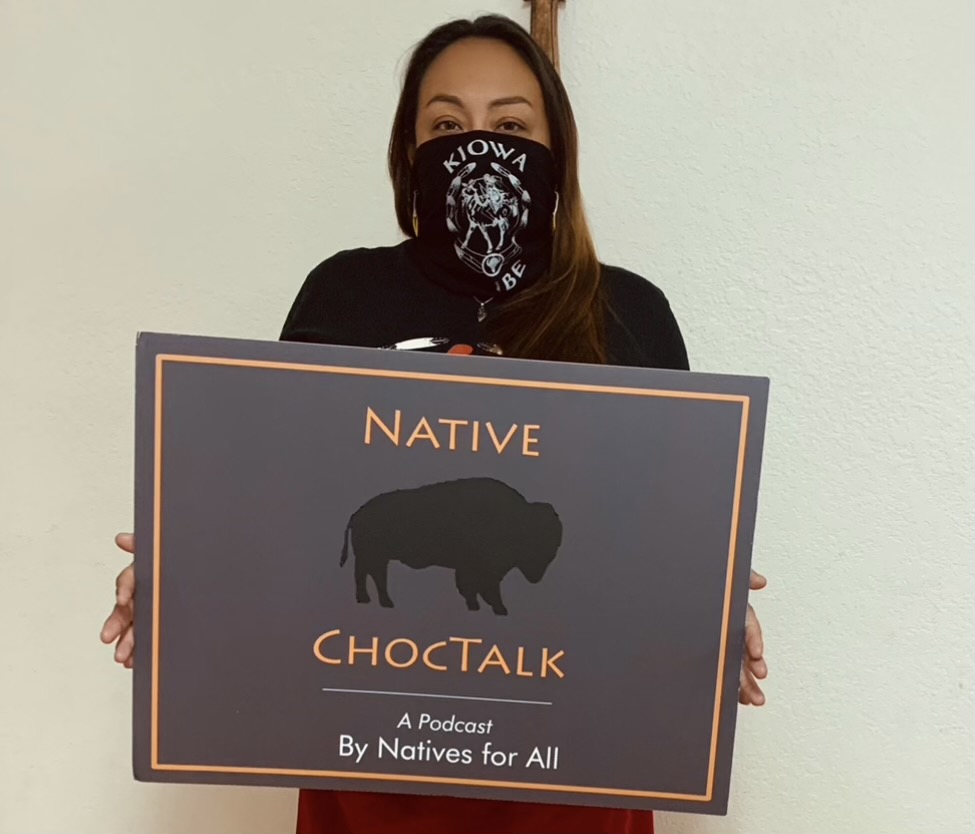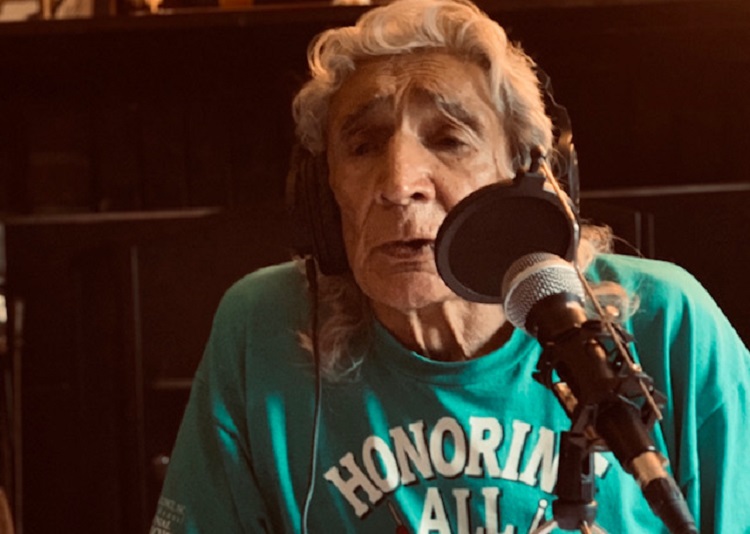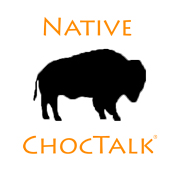Welcome to Native ChocTalk
Have you visited the new First Americans Museum (FAM) in Oklahoma City? If not, it’s a must-see!
Welana Queton, Curatorial Specialist was kind enough to walk us through the meaningful layout of the museum and the story around the precious artifacts of our Indigenous past.
My sister, Stacy and I visited FAM on opening day and were in awe of the many beautiful colors – from regalia to art to feathers to jewelry to artifacts. What a breathtaking site to see that day, as Natives from across our 39 different tribes of Oklahoma were in full regalia, ready to dance, drum and sing.
I highly recommend taking some time to visit FAM and while you’re there, be sure to visit the FAM store which includes Oklahoma-centric treasures created by local artists (or by Oklahoma tribes living elsewhere). You’ll also love the children’s area filled with toys, books and unique finds by Native Americans for children of any age. So pack up the family, go visit the First Americans Museum and get ready for a new experience!
First Americans Museum:
Website: https://famok.org/
Address: 659 First Americans Blvd, Oklahoma City, OK 73129
Hours: Monday, Wednesday, Thursday and Friday 10-5, Saturday and Sunday 11-5. Closed Tuesdays
Season 1, Episode 11: “Welcome to First Americans Museum - Welana Queton, Osage/Cherokee/Creek”
